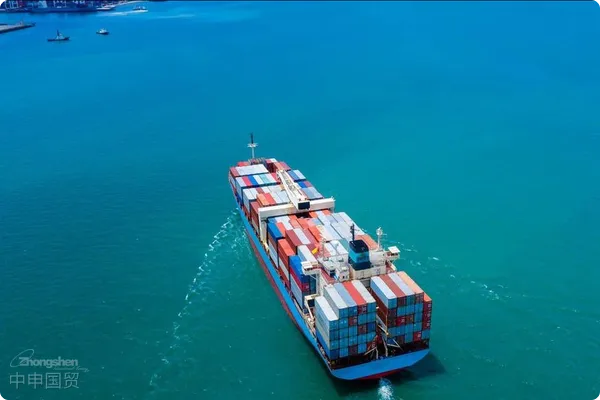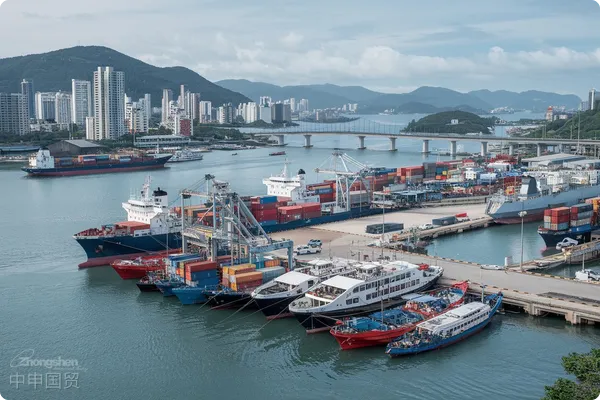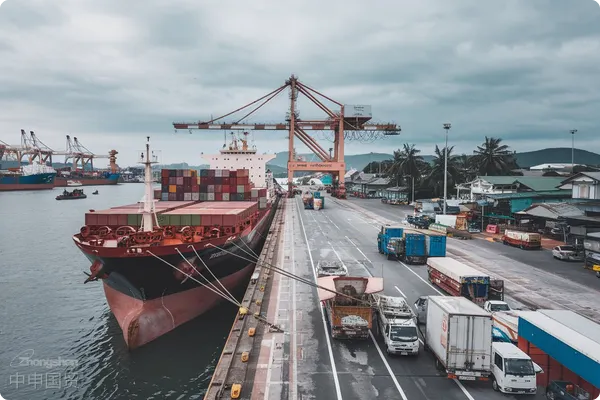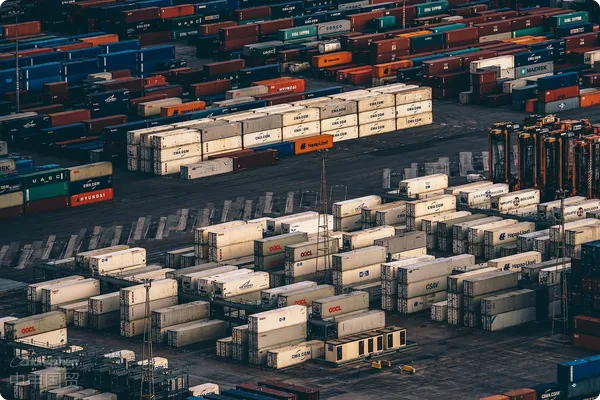- Shanghai Zhongshen International Trade Co., Ltd. - Two decades of trade agency expertise.
- Service Hotline: 139 1787 2118
When handling indirect trade with the United States, especially for products like strollers that may receive special attention, ensuring their safe and compliant export to U.S. enterprises requires carefully planned packaging and transportation strategies to meet strict international standards and U.S. import regulations. Below are detailed packaging requirements, technical standards, transportation packaging requirements, and general recommendations for indirect trade with the United States.

I. Packagingfor containers exported to the USPrecautions
General Packaging Requirements
(1) Packaging materials and containers must comply with international conventions or agreements, adopting internationally recognized technical measures.
(2) Target market (U.S.) consumer preferences must be considered, and packaging designs should avoid elements that may cause cultural sensitivity.
(3) Text on packaging and labels should be in English and use U.S. legal measurement units.
(4) Packaging must protect goods from transportation damage and meet U.S. market technical requirements.
Packaging Technical Standards
(1) Transport packaging design shall be conducted in accordance with ASTM D 6198 Standard Guide for Transport Packaging Design.
(2) Commercial packaging operations shall comply with ASTM D 3951 Standard Practice for Commercial Packaging.
Transport Packaging Requirements
(1) Priority should be given to eco-friendly materials such as plant fibers and paper-based molded materials, while limiting the use of foamed plastics.
(2) Transport packaging markings shall comply with ISO 780 and Chinas GB 191 Pictorial Marking for Packaging of Goods.
(3) All transport packaging units shall undergo necessary performance testing to ensure safety and reliability during actual transportation.
Additional Recommendations
Products exported to the U.S. must be clearly labeled Made in China to avoid import issues.
II. Considerations for Indirect Trade with the U.S.
For indirect trade with the U.S., especially when transshipped through a third country like China, companies must pay special attention to the following:
Legal and Regulatory Compliance
Avoid any supply chains involving forced labor, particularly given U.S. concerns about Xinjiang. Ensure trading partners are not on U.S. sanctions lists.
Contract and Legal Risk Management
Clearly specify packaging and transportation requirements in contracts, ensuring legal documentation supports all agreed standards and operations. Collaborate with experienced logistics and legal experts to manage risks in cross-border transportation.
Transparent and Ethical Business Practices
Maintain transparency in business activities, especially in supply chain management and export records, to prepare for potential external audits or inspections.
When indirectly exporting products like childrens bicycles to the U.S. via China, companies can comply with regulations while optimizing costs and improving efficiency by following the packaging and transportation strategies outlined here, thereby standing out in the U.S. market.
Related Recommendations
? 2025. All Rights Reserved. 滬ICP備2023007705號-2  PSB Record: Shanghai No.31011502009912
PSB Record: Shanghai No.31011502009912










